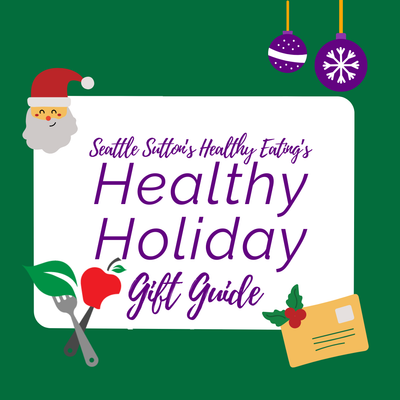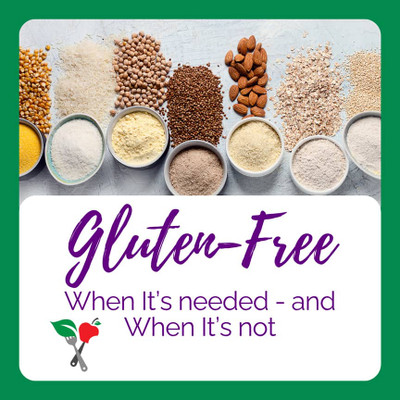Health Benefits of Pumpkins
As people are starting to think about Halloween costumes, haunted houses and carving that perfect jack-o-lantern, they might not even think about the health benefits that come with pumpkins. Believe it or not, pumpkins can be so much more than just a Halloween decoration!
Pumpkin is a nutrient-dense food, because it is rich in vitamins and minerals and low in calories. Pumpkin seeds, flesh and juice all pack a powerful nutritional punch. This nutritious plant is full of so many health benefits and is just waiting to be enjoyed!
Oh, and don't think pumpkin spice lattes count towards these terrific health benefits of pumpkins...quite the contrary, since those beverages are chocked full of sugar, empty calories and no real pumpkin at all!
Full of Beta-Carotene
Beta-carotene is a powerful antioxidant and it’s also what gives orange vegetables and fruits their vibrant color. The body converts any ingested beta-carotene into vitamin A. Consuming foods rich in beta-carotene may reduce the risk of developing certain types of cancer, offer protection against asthma and heart disease and delay aging and body degeneration.
High in Potassium
A diet rich in potassium-rich foods is known for having a positive effect on blood pressure. Getting enough of the mineral also helps you avoid cramps, muscle aches and fatigue associated with potassium deficiency.
High in Fiber
Pumpkin is rich in fiber, which can slow digestion. This can help aid in weight loss goals, since high fiber foods keep you fuller, longer. There are 7 grams of fiber in 1 cup of canned pumpkin, which is impressive! And besides that, a serving has only 50 calories, making it the ideal “diet food.”
Now that you know how nutritious pumpkin is, I thought you might like some ideas about how to cook with pumpkin.
4 Ideas How to Cook with Pumpkin
Pumpkin Seeds: While many pumpkin carvers simply throw the pumpkin insides out to the trash, others know pumpkin seeds are a delicious fall super food not to be spared. Pumpkin seeds are rich in healthy fats and oils. In order to enjoy the delicious seeds, spread them on a baking sheet and roast them. They can be eaten alone as a snack, added to trail mix or thrown on a salad for an added crunch.
Pumpkin Butter: Pumpkin butter is basically concentrated pumpkin flesh. By slow cooking the pumpkin with some sugar and pumpkin pie spice, the flavors begin to caramelize, giving it a great taste and it's brown color. It also has a much longer shelf life than a pumpkin by itself does, and to me is just as versatile. It tastes great on breads and is pretty enough to make a great gift!
Pumpkin Soup: Delicious, creamy-like soup is perfect to bring to your fall gathering or Thanksgiving dinner every year. Simply heat chicken or vegetable stock, salt, pumpkin, onion, thyme, garlic and peppercorns together. Bring to a boil, reduce heat to low, and simmer for 30 minutes uncovered. Puree the soup and bring to a boil again. Reduce heat to low, and simmer for another 30 minutes. Stir in a little heavy cream and you are ready to go. For a nice garnish, add a few roasted pumpkin seeds!
Roasted Pumpkin: Roasting a small, pie pumpkin is a fall treat surely to please your family and dinner guests! It is easy to do and a tasty side dish to add to your next meal. Simply roast it at 400 degrees and all you have to add is a little olive oil, salt and pepper. You can scoop out the flesh or slice it, just like you do with winter squash such as butternut or acorn.

Interested in eating healthy? Hungry for more?

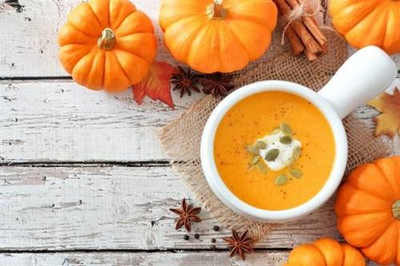


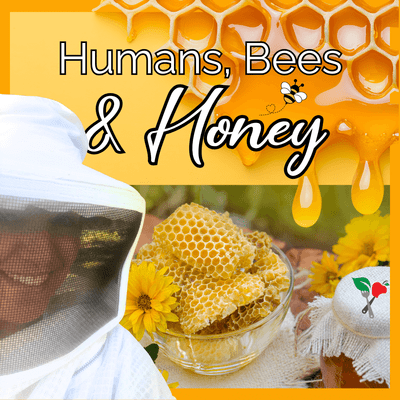
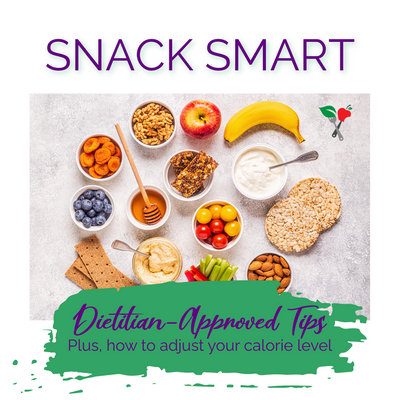
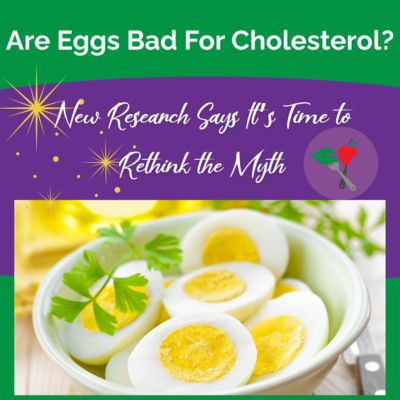
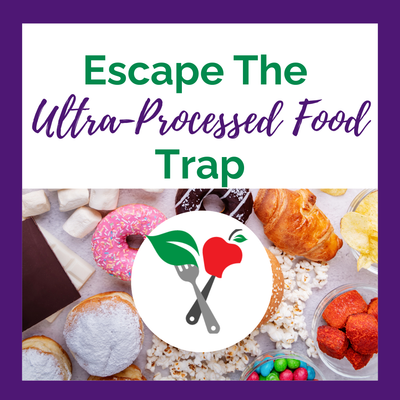
 Weight Loss
Weight Loss Health & Wellness
Health & Wellness Diabetes
Diabetes Heart Health
Heart Health Motherhood & Family
Motherhood & Family Dietary Restriction
Dietary Restriction Other Health Conditions
Other Health Conditions About SSHE
About SSHE